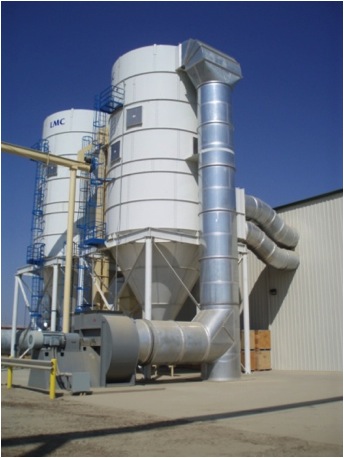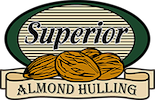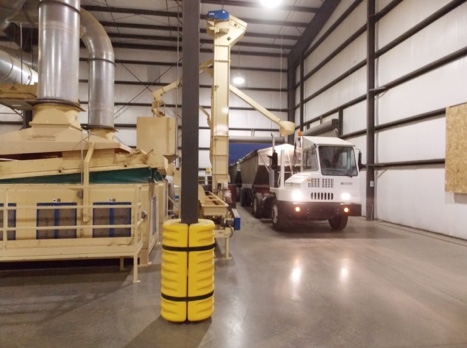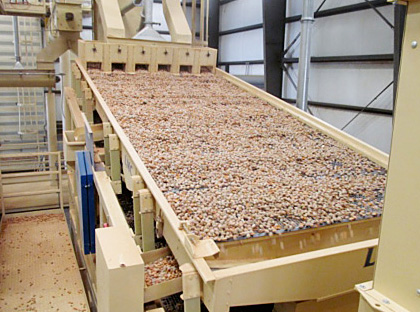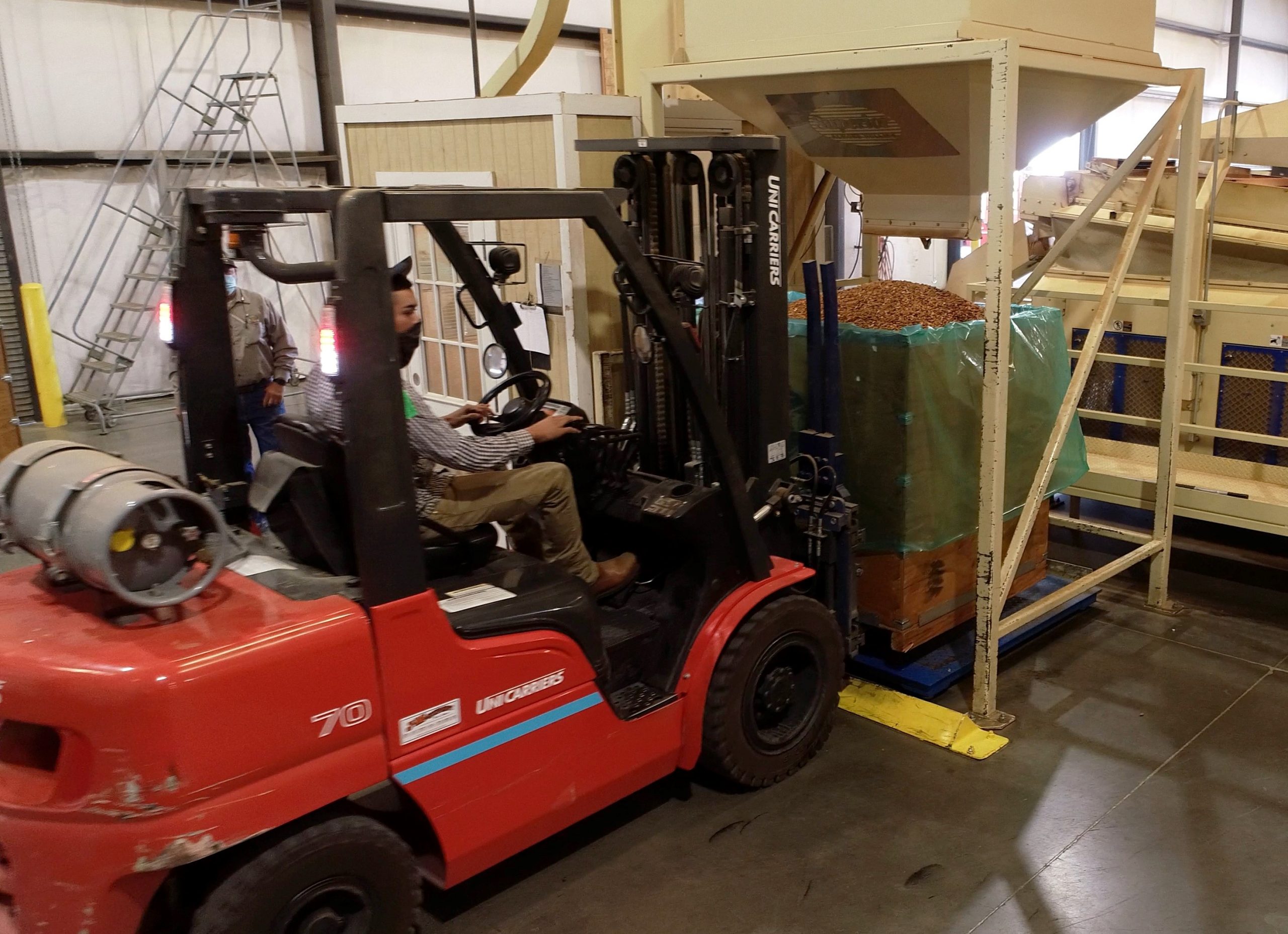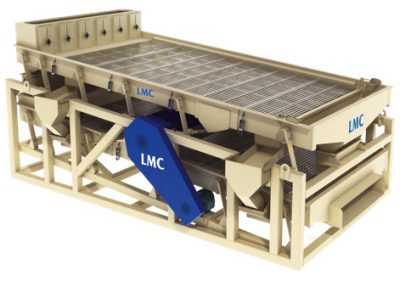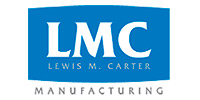 How Does it Work?
How Does it Work?
The equipment we use to process the almonds is manufactured by LMC, and is the most innovative shelling equipment available. We’ve tried to describe how each component functions. (The sunset was manufactured just for Superior in Three Rocks, California.)
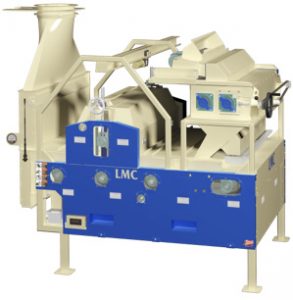
Principles of Operation
(Hard Shell Cracker & Shear Roll)
Using a high frequency vibrating feeder, almonds are even fed between two corrugated, hardened rollers to start the conditioning process before the actual shelling. Small hairline fractures are made in the shell to begin the hard shell almond shelling process.
After passing through this hard shell cracker, the nuts are placed on a special belt that has a large diameter, rubber coated roller suspended above it.
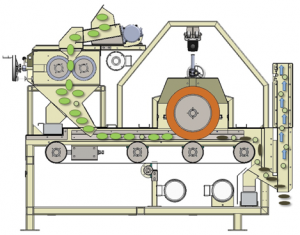
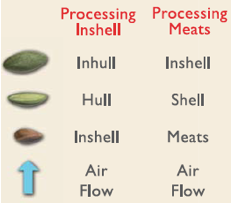 The surfaces of the belt and the rubber roller have a speed differential that creates a shearing action as the nuts pass between them. The gap between the belt and rubber roller is adjustable, as are their surface speeds.
The surfaces of the belt and the rubber roller have a speed differential that creates a shearing action as the nuts pass between them. The gap between the belt and rubber roller is adjustable, as are their surface speeds.
As the unshelled almonds pass through the machine, the shearing action gently separates the kernels from the shells. Removal of light foreign material within the flow begins with an aspirator at the belt’s discharge. The air volume is easily adjustable to remove only undesired foreign material.
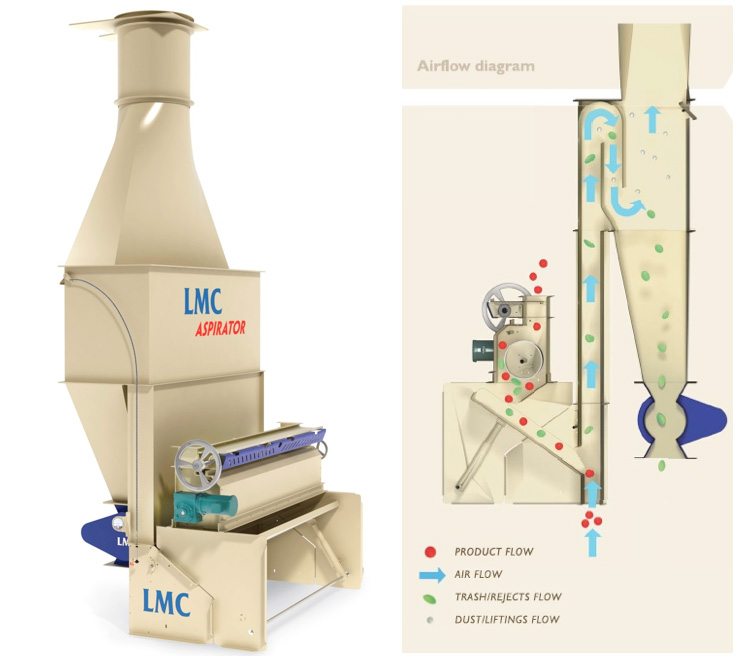
Aspiration
Light materials can be lifted or aspirated by airflow. An aspirator typically picks up hull and shell, leaving the heavier nuts behind. The hulls, which are heavier than the shell, are allowed to fall out of the airstream into the hull conveyance, while the shell is carried to the filtration system
Shaker Decks
Almonds are screened to sort the hulls, inshell nuts and nut meats by size and shape.
Decks are fitted with screens, which can be woven wire (in square or rectangular patterns), or punched plates (with round or slotted holes), to differentiate meats, inshell or loose hulls.
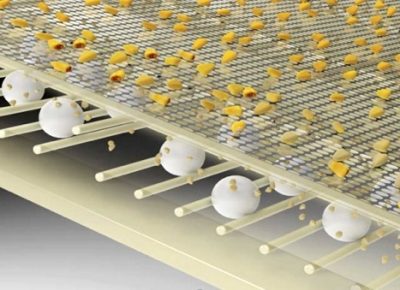
Eccentric Screens
The screens are driven by an eccentric shaft to shake the almonds down the sloped screens.
Gravity Tables
After screening and aspiration, almond meats are separated from other foreign material by a gravity table.
This is an inclined screen that uses an eccentric motion to move heavy material (meats) uphill to a discharge gate, along with an upward airflow that lifts the lighter foreign material allowing it to float downhill.
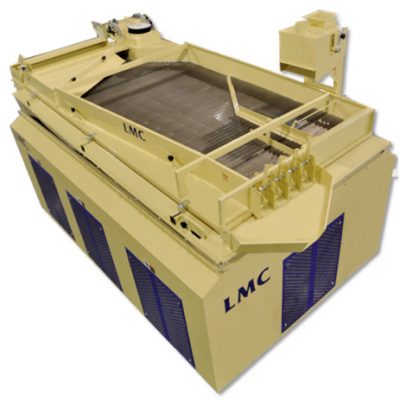

Adjustments can be made to the incline angle, airflow volume, eccentric speed, and discharge gate settings to fine tune the separation.
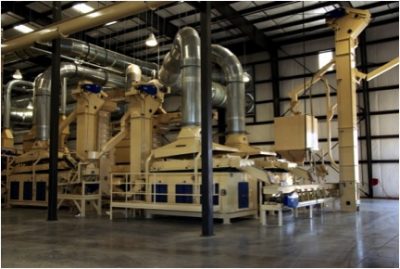
Particulate matter emissions (PM10) are regulated by the Air Pollution Control Districts, and all air movement generated by the huller/sheller is processed through highly efficient filtration systems to prevent entrainment into the atmosphere.
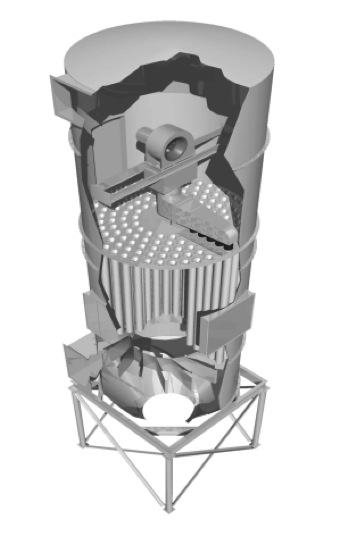
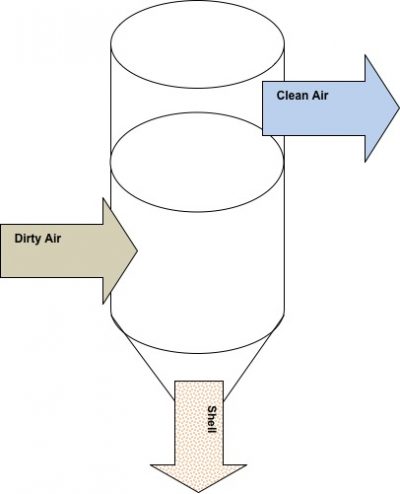
The filter media (fabric bags) are continuously cleaned during operation by reverse air sweeping across the top of the filter.

